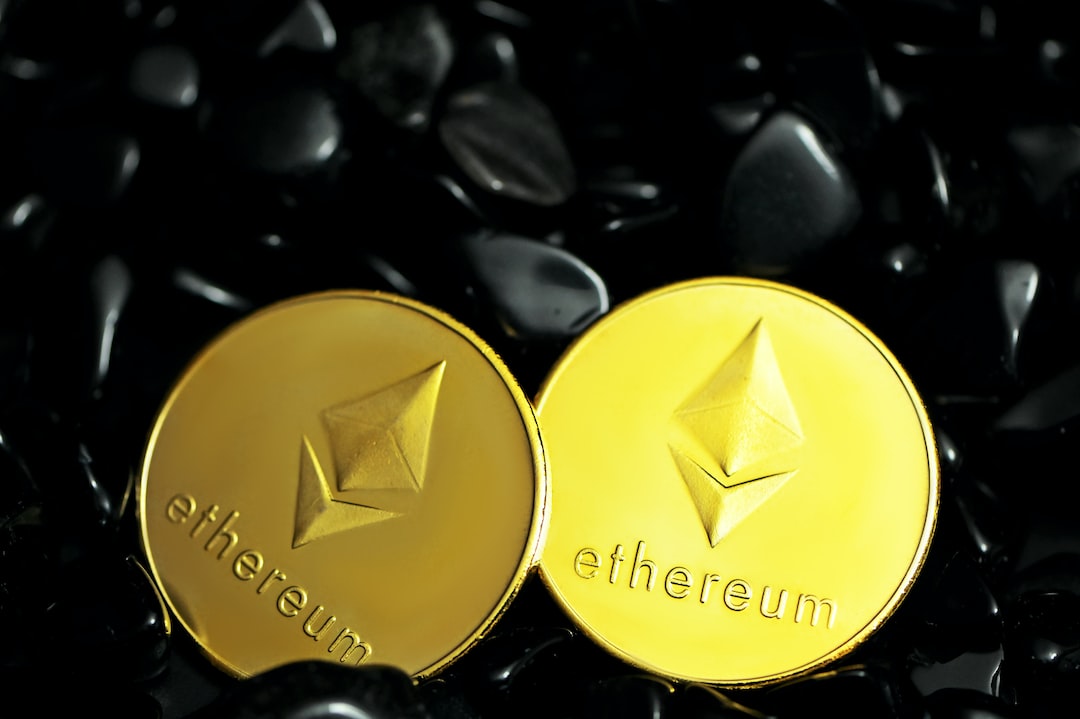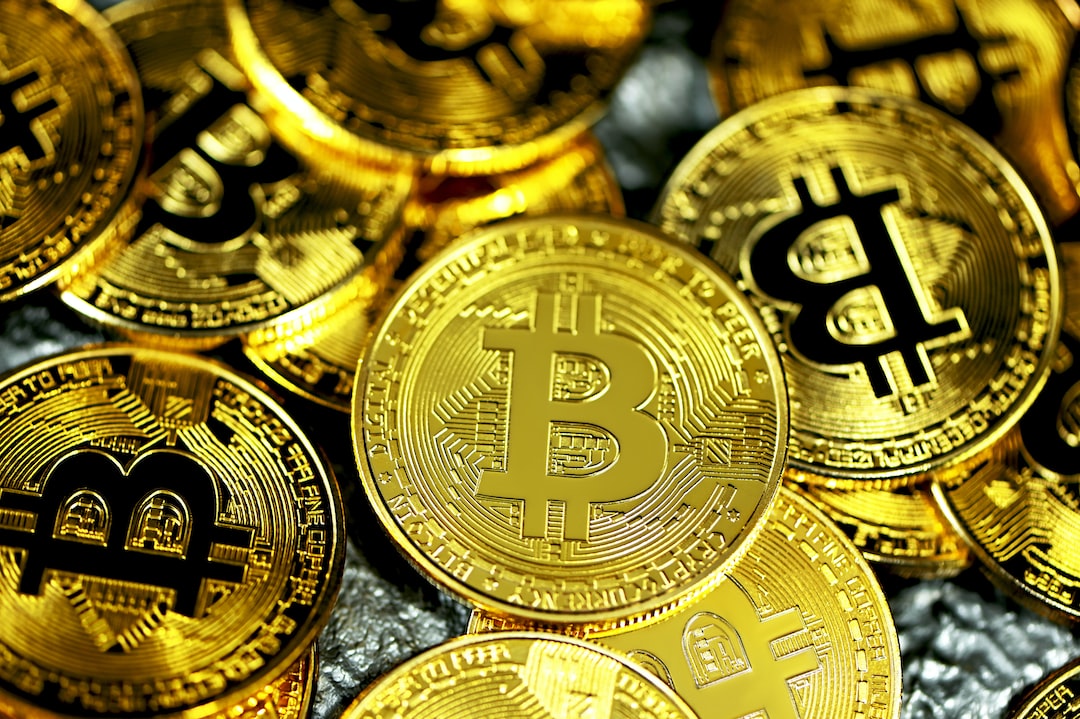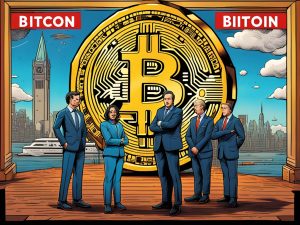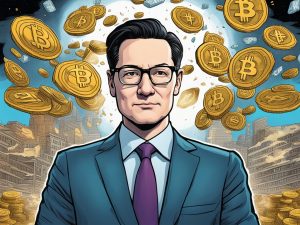Coin Burn: Exploring the Potential Impact on Token Value
Have you ever wondered how a cryptocurrency’s value can be affected by the burning of its coins? Coin burn is a concept that has gained significant attention in the crypto world, and understanding its potential impact on token value is essential for any investor. In this article, we will delve into the intricacies of coin burn and explore its implications. So, let’s get started!
What is Coin Burn?
Coin burn refers to the deliberate and permanent removal of a certain number of tokens from circulation. This process typically involves sending the tokens to an address where they become unspendable or unusable. The purpose behind coin burn varies across different cryptocurrencies.
One common reason for coin burn is to reduce the total supply of tokens in circulation. By decreasing the available supply, the demand for these tokens may increase, potentially leading to an appreciation in their value. Additionally, coin burn can also help maintain or improve the token’s overall ecosystem.
The Potential Impact on Token Value
Now that you understand what coin burn entails, let’s explore how it can affect the value of a cryptocurrency token:
1. Scarcity and Increased Demand: When tokens are burned, their total supply decreases, creating scarcity. As with any asset, scarcity often leads to increased demand. With fewer tokens available, more investors may be willing to buy them, driving up their value.
2. Positive Market Sentiment: Coin burn initiatives are generally perceived as positive news by the market. This positive sentiment can attract more investors and traders, resulting in an upward price movement.
3. Enhanced Ecosystem: Coin burn can contribute to improving the overall ecosystem of a cryptocurrency project. By removing excess tokens from circulation, the project’s developers can create a healthier and more sustainable ecosystem, which may attract more users and investors.
Examples of Successful Coin Burns
Several cryptocurrencies have implemented coin burn strategies to great effect. Here are a few notable examples:
1. Binance Coin (BNB): Binance, one of the largest cryptocurrency exchanges globally, conducts regular coin burns of its native token, BNB. These coin burns are based on a percentage of the exchange’s quarterly profits. As a result, the supply of BNB decreases over time, potentially contributing to its value appreciation.
2. TRON (TRX): TRON has also adopted a coin burn mechanism as part of its economic model. The project regularly burns TRX tokens to maintain balance within its ecosystem and stimulate token value growth.
Frequently Asked Questions (FAQs)
Q: Does every cryptocurrency perform coin burns?
A: No, not every cryptocurrency performs coin burns. It depends on the specific project and its goals.
Q: How can I track coin burn events for different cryptocurrencies?
A: You can usually find information about coin burn events on the project’s official website, social media channels, or through crypto news websites.
Q: Can coin burn lead to immediate price increases?
A: While coin burn can create positive market sentiment and potentially drive up prices, it is important to remember that market dynamics are complex. Price movements can be influenced by various factors beyond just coin burn initiatives.
In conclusion, understanding the concept of coin burn and its potential impact on token value is crucial for any cryptocurrency investor. By reducing token supply and creating scarcity, coin burn initiatives have the potential to increase demand and positively influence market sentiment. However, it is important to conduct thorough research and consider various factors before making investment decisions.





 By
By
 By
By

 By
By
 By
By
 By
By